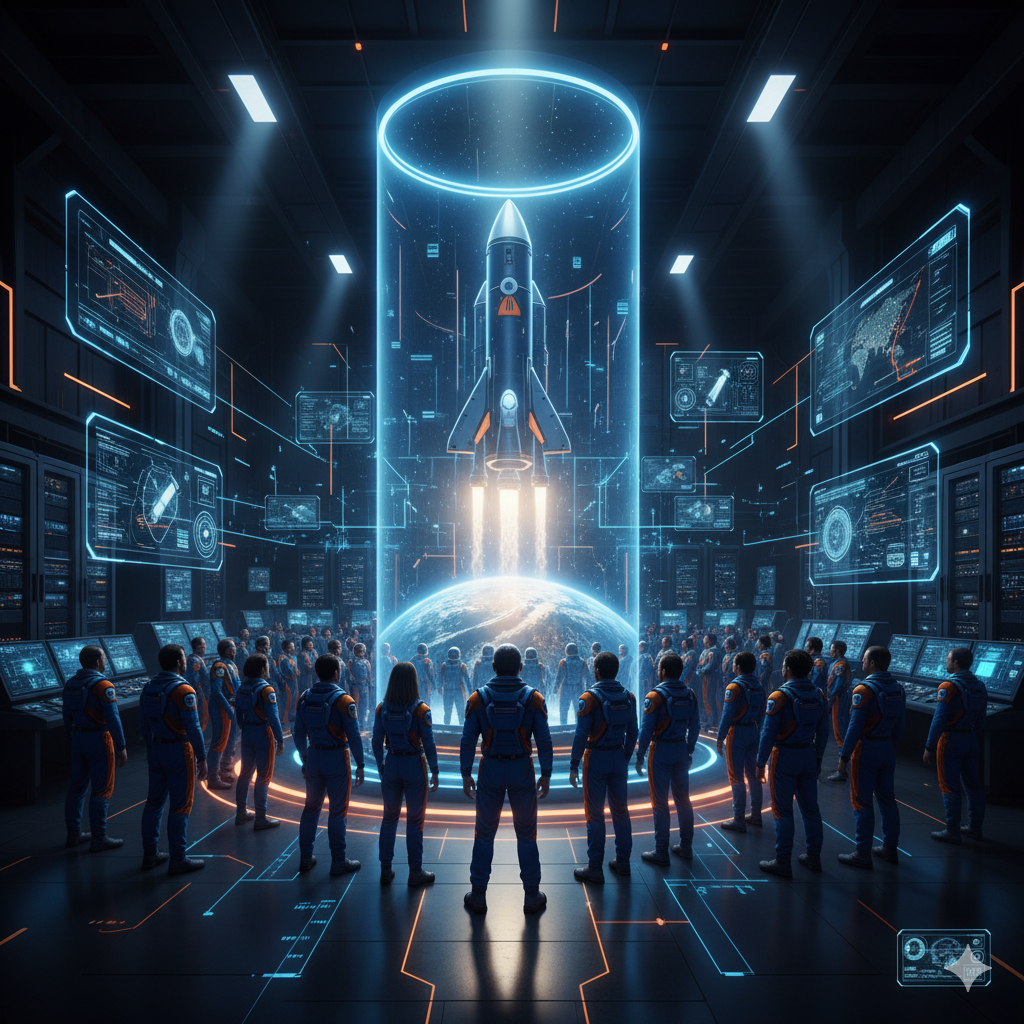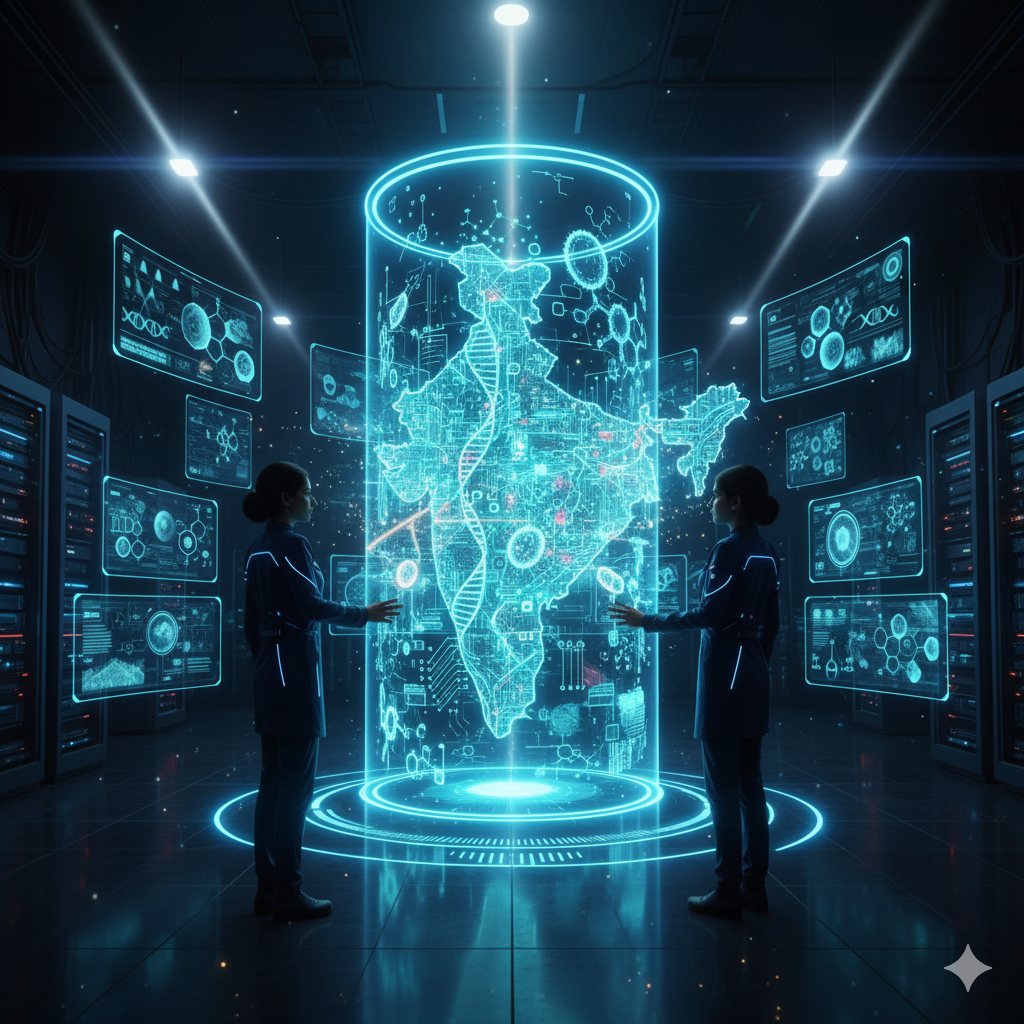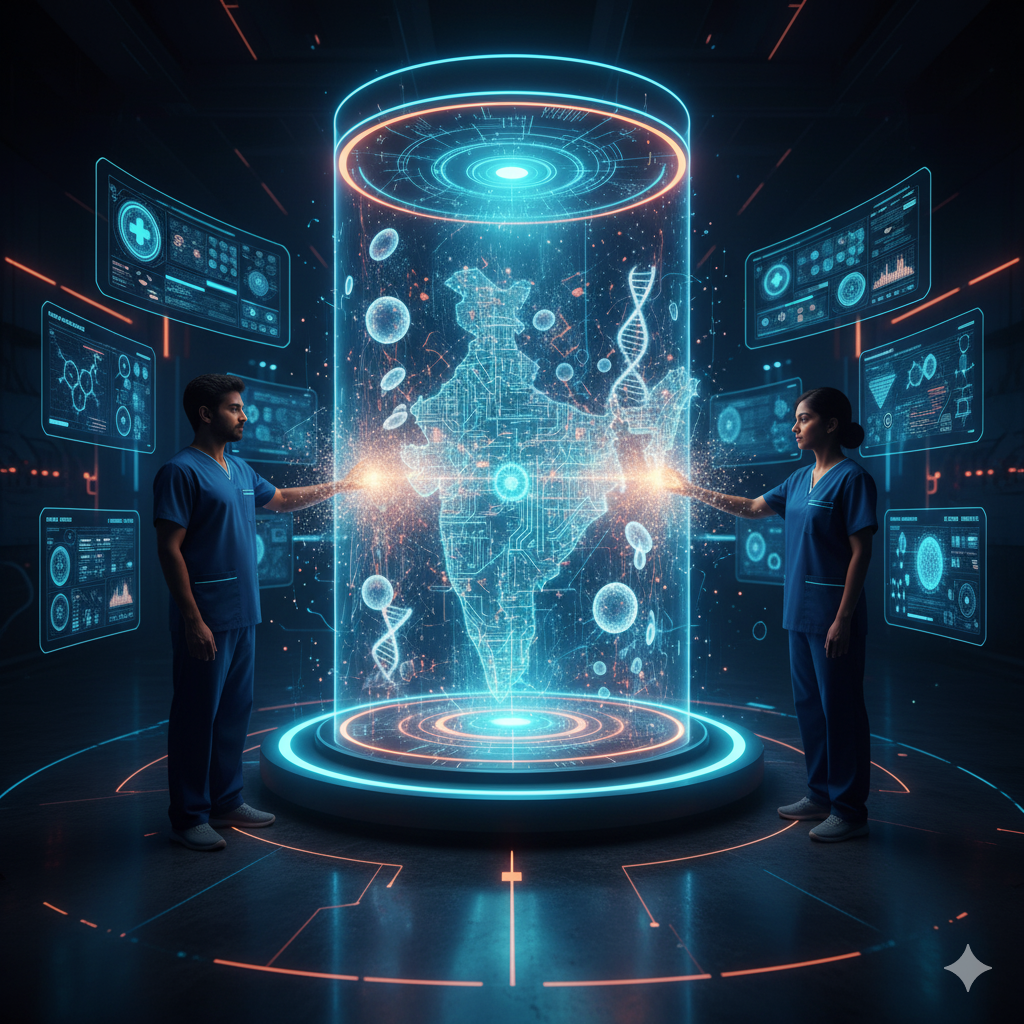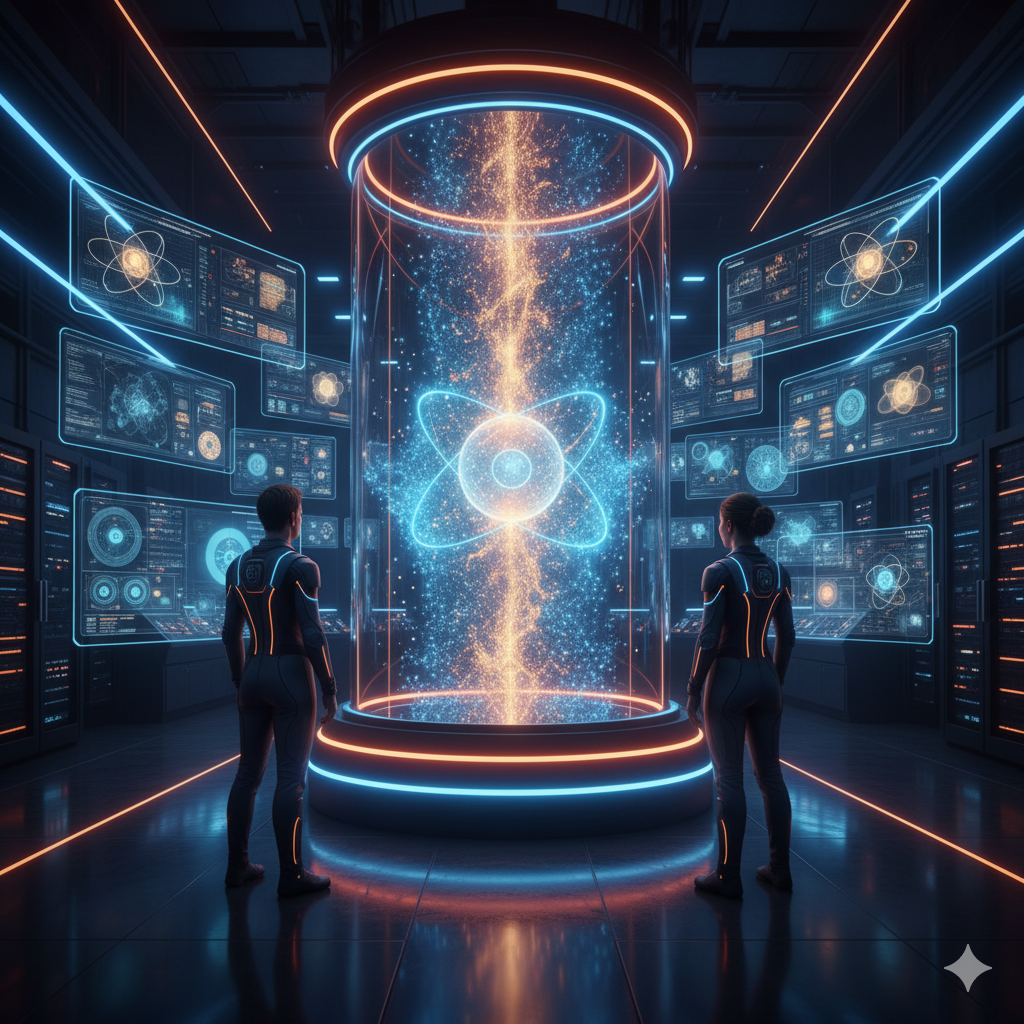Introduction
India has earned global recognition through its unmanned space missions, notably the Chandrayaan lunar probes and the Mars Orbiter Mission (Mangalyaan). These missions demonstrated India’s capability to plan, design, and execute complex space endeavors at a fraction of global costs, earning both technological and diplomatic prestige.
Despite these successes, India has not yet ventured into human spaceflight. Developing and launching a manned mission presents unique challenges—technological, logistical, financial, and strategic—that go far beyond those encountered in unmanned missions. This essay critically examines these obstacles, highlights India’s progress, and explores the path forward for the nation’s manned space program.
1. Technological Challenges in Manned Spaceflight
1.1 Human-Rated Launch Vehicles
- India’s GSLV Mk III, while capable of placing satellites in orbit, must be adapted for human passengers.
- Human-rating a launch vehicle requires enhanced reliability, redundancy in critical systems, precise thrust control, and emergency escape mechanisms.
- Unlike unmanned missions, any minor failure can result in loss of life, making testing and validation far more rigorous.
1.2 Crew Module Design
- The crew module must ensure safe launch, orbit maintenance, and re-entry for astronauts.
- Critical features include thermal protection, radiation shielding, emergency escape systems, and life support integration.
- Designing a module that balances weight, structural strength, and habitability is a major engineering challenge.
1.3 Life Support Systems (LSS)
- Humans require stable oxygen, temperature, humidity, and pressure levels, as well as waste management and water recycling systems.
- Unmanned missions don’t need these systems; for manned missions, they must operate flawlessly under variable orbital conditions.
1.4 Environmental Control and Life Support Systems (ECLSS)
- The ECLSS maintains livable conditions inside the spacecraft, including air revitalization, thermal regulation, and humidity control.
- Ensuring system robustness for prolonged missions is complex, requiring extensive testing in simulated space environments.
1.5 Radiation Protection
- Astronauts are exposed to cosmic rays and solar radiation, which can cause DNA damage and long-term health issues.
- Developing lightweight but effective shielding materials is a significant technological hurdle.
1.6 Human Factors and Safety
- Spaceflight exposes humans to microgravity, psychological stress, and potential emergencies.
- Safety protocols, redundancy, and real-time monitoring systems are mandatory to mitigate life-threatening risks.
2. Logistical and Operational Challenges
2.1 Infrastructure Requirements
- Manned missions require specialized launch pads, crew training facilities, mission control centers, and recovery zones.
- India must ensure all infrastructure is integrated and tested, a task more complex than for satellite launches.
2.2 Astronaut Training
- Astronauts require physical conditioning, zero-gravity simulations, emergency response training, and psychological preparation.
- India currently lacks fully integrated training facilities, necessitating collaborations with global space agencies for certain modules.
2.3 Manufacturing and Supply Chain
- Human-rated systems demand ultra-reliable components, precision engineering, and high-quality materials.
- Scaling up manufacturing to meet these requirements challenges India’s current space industrial base, which is primarily focused on unmanned systems.
2.4 Financial Constraints
- Human spaceflight is significantly more expensive than unmanned missions due to additional safety systems, training, and infrastructure.
- Balancing funding for manned missions with national priorities like healthcare, education, and unmanned space programs is complex.
2.5 Risk Management
- Unlike unmanned missions, human spaceflight involves direct risk to life, requiring extensive testing, simulation, and contingency planning.
- Even minor anomalies can have catastrophic consequences, demanding rigorous quality assurance protocols.
3. Strategic and Policy Considerations
3.1 National Priorities
- India must balance ambitions in space exploration with socio-economic challenges.
- While a manned mission boosts national pride, tangible benefits must justify the substantial expenditure and risk.
3.2 Technological Independence
- Dependence on foreign technology for training simulators, life support systems, or safety modules can compromise strategic autonomy.
- India aims for indigenous development of crew modules, life support systems, and astronaut training programs to achieve self-reliance.
3.3 International Collaboration
- Collaboration with NASA, ESA, or Roscosmos provides access to expertise, technology, and mission simulation support.
- However, integrating foreign technologies requires protocol alignment, intellectual property agreements, and data security measures.
4. India’s Progress Toward Manned Missions
4.1 Gaganyaan Mission
- The Gaganyaan program is India’s first manned spaceflight initiative, aiming to send three astronauts to low Earth orbit for 5-7 days.
- Preparatory milestones include:
- Uncrewed Test Flights: Testing spacecraft systems, launch escape mechanisms, and life support systems.
- Crew Module Trials: Validating thermal protection, re-entry capability, and emergency protocols.
- Astronaut Training: Physical conditioning, simulations, and microgravity exercises.
- Uncrewed Test Flights: Testing spacecraft systems, launch escape mechanisms, and life support systems.
4.2 Infrastructure Development
- ISRO is enhancing launch pads, mission control centers, and recovery systems for safe human spaceflight.
- Advanced ECLSS systems and crew escape modules are being developed and tested indigenously.
4.3 International Partnerships
- Collaborations with Russia and ESA help in astronaut training, simulation, and ground support.
- These partnerships accelerate capability-building while maintaining Indian technological sovereignty.
5. Critical Examination
5.1 Technology Gap
- Despite successes in unmanned missions, India’s human-rated technologies are still maturing.
- Challenges include redundant system design, high-reliability manufacturing, and advanced life support systems.
5.2 Financial and Resource Constraints
- Manned missions require several-fold higher investment than Chandrayaan or Mangalyaan.
- Budget overruns and delays are common due to unforeseen engineering complexities and safety validation requirements.
5.3 Risk vs. Reward
- The risk to human life and potential mission failure places enormous ethical and political responsibility on the space agency.
- Success would enhance India’s global prestige and scientific expertise, but failure could have severe consequences for public perception and funding.
5.4 Long-Term Benefits
- Successful manned missions accelerate technological innovation, strengthen indigenous manufacturing, and inspire future scientific talent.
- Enhances India’s position in global space diplomacy and international collaborations.
Conclusion
India has demonstrated extraordinary prowess in unmanned space missions, establishing itself as a cost-effective and innovative spacefaring nation. Human spaceflight, however, involves multidimensional challenges—technological, logistical, financial, and ethical.
The Gaganyaan mission represents India’s strategic and technological leap toward manned missions. By addressing life support systems, human-rated launch vehicles, radiation protection, astronaut training, and infrastructure development, India is steadily bridging the gap between ambition and reality.
With strategic planning, investment, and international collaboration, India is poised to join the elite group of nations capable of launching and sustaining human spaceflight, creating a legacy of scientific achievement and national pride.




